From Crypto.com’s Formula One sponsorship deal to FTX joining hands with Major League Baseball (MLB) in a long-term partnership, a growing number of crypto brands — flush with money from eager investors — are spending big to reach a mass audience through sports sponsorships and mainstream events.
As cryptocurrency companies seek to reach mainstream audiences, some platforms are spending over hundreds of millions of dollars to sponsor sports teams, stadiums and even leagues in a bid to woo new fans.
Starting with football and America’s National Basketball Association (NBA), crypto companies are slowly expanding to new sporting disciplines every other day. From Crypto.com’s Formula One sponsorship deal to FTX joining hands with Major League Baseball (MLB) in a long-term partnership, a growing number of crypto brands — flush with money from eager investors — are spending big to reach a mass audience through sports sponsorships and mainstream events.
In this latest piece, we take a look at all the crypto deals that have or are about to happen in the world of tennis, starting from Gaël Monfils’ eToro association to Naomi Osaka talking about her crypto fascination last month.
Gaël Monfils and eToro
 2018 was a very big year for crypto-focused social trading brokerage eToro. After announcing its partnership with six English Premier League clubs, the crypto platform onboarded former professional tennis star Gaël Monfils as the brand’s global ambassador.
2018 was a very big year for crypto-focused social trading brokerage eToro. After announcing its partnership with six English Premier League clubs, the crypto platform onboarded former professional tennis star Gaël Monfils as the brand’s global ambassador.
The brokerage launched a TV ad campaign featuring Monfils on Eurosport, which is a pan-European television network. Moreover, clients of eToro were able to follow Monfils through his public investment profile, where they could see his investment strategies in real-time, from cryptocurrencies to equities.
Commenting on the deal, Monfils stated, “Ever since I came across eToro through a family member, I was instantly drawn to it because it’s easy to use, has a powerful community and allows me to invest in cryptocurrencies safely.
“I see a long-term future for digital currencies. They are often misunderstood among the wider public, but just like with any other investment, the key is to educate yourself and understand the risk.”
Caroline Wozniacki and GCOX
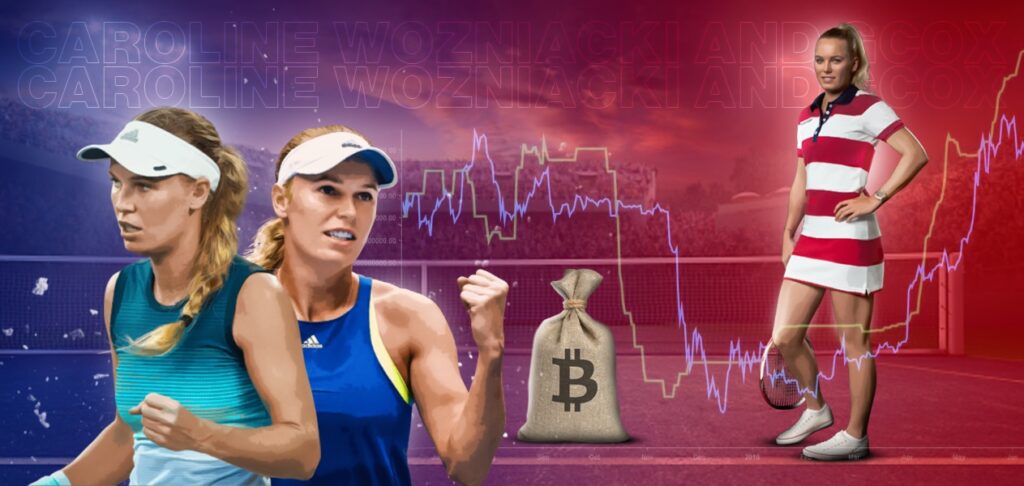 The Singapore-based Global Crypto Offering Exchange (GCOX) roped in former world #1 and Danish tennis star Caroline Wozniacki to launch her own crypto token in October 2018.
The Singapore-based Global Crypto Offering Exchange (GCOX) roped in former world #1 and Danish tennis star Caroline Wozniacki to launch her own crypto token in October 2018.
“To be the first female athlete to have her own token is really cool…I am looking forward to expanding that before other people start getting into it,” Wozniacki told Reuters in an interview on the sidelines of an event to sign the deal in Singapore.
GCOX also lists ex-football star Micheal Owen and UFC fighter Manny Pacquiao, alongside a member of the UAE’s royal family, Sheikh Khaled bin Zayad al-Nahyan. According to the company, the tokens give buyers exclusive merchandise opportunities and interactions with their favourite celebrities, and the celebrities receive proceeds from the token sales.
To buy the celebrity tokens, prospective buyers must first acquire GCOX’s own tokens called ACM, the sale of which has only recently started. Jeffrey Lin, CEO of GCOX declined to say how many ACM tokens had been sold, but said, “in theory, we are trying to raise US$300-600 million.”
Davis Cup and Chiliz
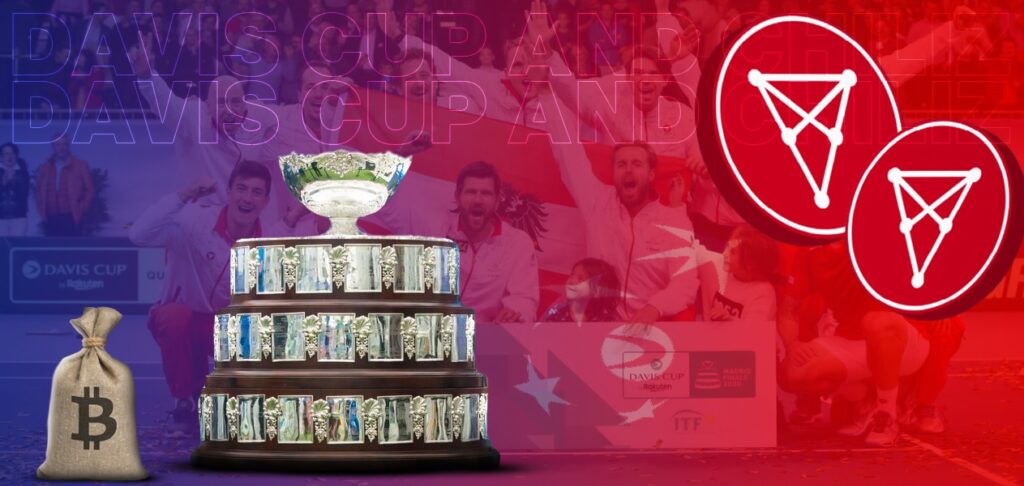 In October 2021, the International Tennis Federation and Davis Cup organisers Kosmos Tennis agreed to pen an agreement with blockchain provider Chiliz to launch an official Davis Cup fan token on Socios.com.
In October 2021, the International Tennis Federation and Davis Cup organisers Kosmos Tennis agreed to pen an agreement with blockchain provider Chiliz to launch an official Davis Cup fan token on Socios.com.
Although Socios.com is a platform known for launching fan tokens for football clubs, the fan token in question, the $DAVIS Fan Token, will give fans of the prestigious tournament an opportunity to gain access to a whole new bunch of contests and interactive content around the competition.
Kosmos Tennis CEO, Enric Rojas, explained: “The agreement with Socios.com and the launch of the Davis Tokens will allow us to improve the experience of our fans so that they can really feel part of the event. Fans play a fundamental role in Davis and now that travelling the world due to COVID is still complicated, the Fan Token will allow fans to feel part of the event.”
It is still unclear how many tokens will be offered for sale and how much each will be priced. However, this year’s edition will see 18 countries participating that are likely to be split into six different groups. With the tournament kick-starting on November 25, expect a lot of movement in this space.
Oleksandra Oliynykova and NFTs
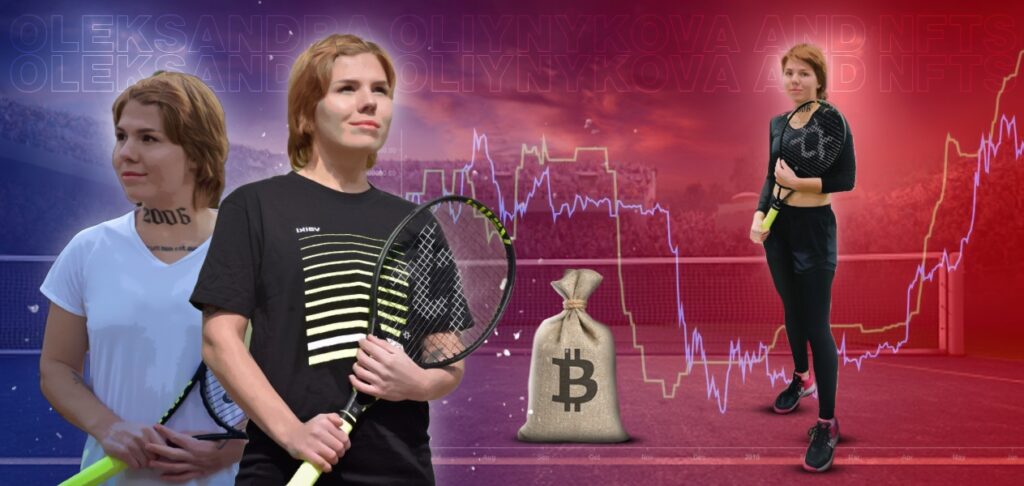 20-year-old Croatian tennis player Oleksandra Oliynykova took a rather unconventional approach when she sold a part of her right arm for more than US$5,000 as exclusive lifetime ownership on the popular NFT marketplace, OpenSea.
20-year-old Croatian tennis player Oleksandra Oliynykova took a rather unconventional approach when she sold a part of her right arm for more than US$5,000 as exclusive lifetime ownership on the popular NFT marketplace, OpenSea.
OpenSea buyers use the Ethereum blockchain and its cryptocurrency, which is similar to Bitcoin. The tennis professional’s NFT sold for three Ether, the equivalent of about US$5,415 on the day it sold.
The owner of this 6×3-inch patch is an OpenSea user named JumpHigh, with whom Oliynykova has only communicated via online messages since the sale. The person can use the space for any ink of their choosing, Oilynykova has confirmed. However, there are only a few restrictions to the purchase, including no art or messaging that includes “extremism” or gambling or betting-related content, as to not violate tennis regulations.
“This is the first NFT of its kind ever created [and] sold,” Oliynykova said. “It is actually a part of sports history, not as a tattoo, but as a successful attempt of an individual athlete to directly interact with their fan base. In several years, independent athletes will extensively use NFTs [and] career tokens, but I will always be the first who did it.”
Naomi Osaka and her crypto fascination
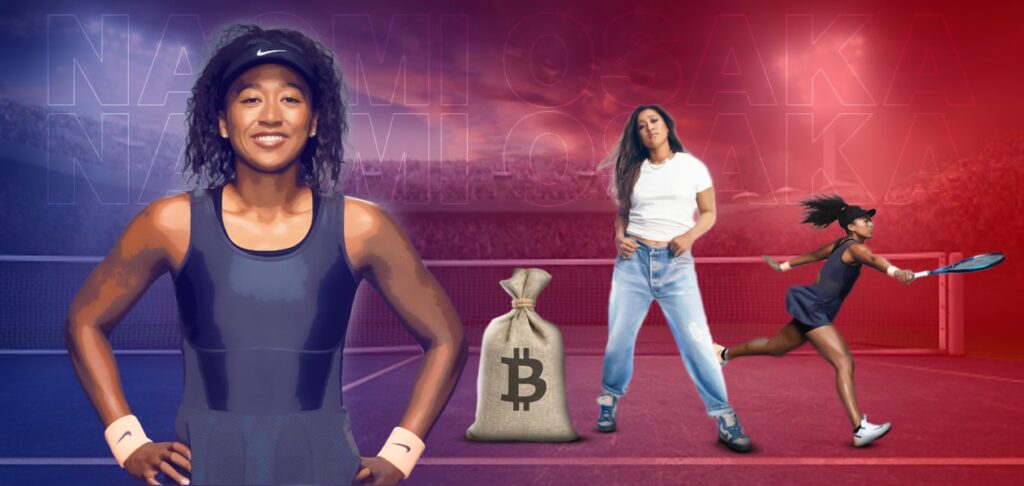 Naomi Osaka, who surpassed veteran Serena Williams last year as the highest-paid female athlete in the world, now has her eyes set on the booming market of cryptocurrency.
Naomi Osaka, who surpassed veteran Serena Williams last year as the highest-paid female athlete in the world, now has her eyes set on the booming market of cryptocurrency.
“I was actually just talking with my agent about cryptocurrencies,” Osaka told Bloomberg last month. “I know that online, everything is getting bigger. I remember reading about Dogecoin … there’s going to be something new and interesting that’s going to pop up.”
Osaka herself is a savvy businesswoman, with much of her earnings coming from off-court commitments. The young 24-year-old in her short career has roped in more than 20 major sponsorship deals, taking her yearly earnings close to US$50-55 million according to reports from Sportico.com.
Therefore, although it’s unclear whether Osaka has already invested in cryptocurrency, needless to say, the writing is on the wall, and it won’t be long before reports emerge of her investing in her “favourite” Dogecoin or any other cryptocurrency.
Cryptocurrency’s cult-like following over the last couple of years is something you can’t turn your eyes away from, with prominent business moguls joining the fray including the likes of Elon Musk, Mark Cuban among many.



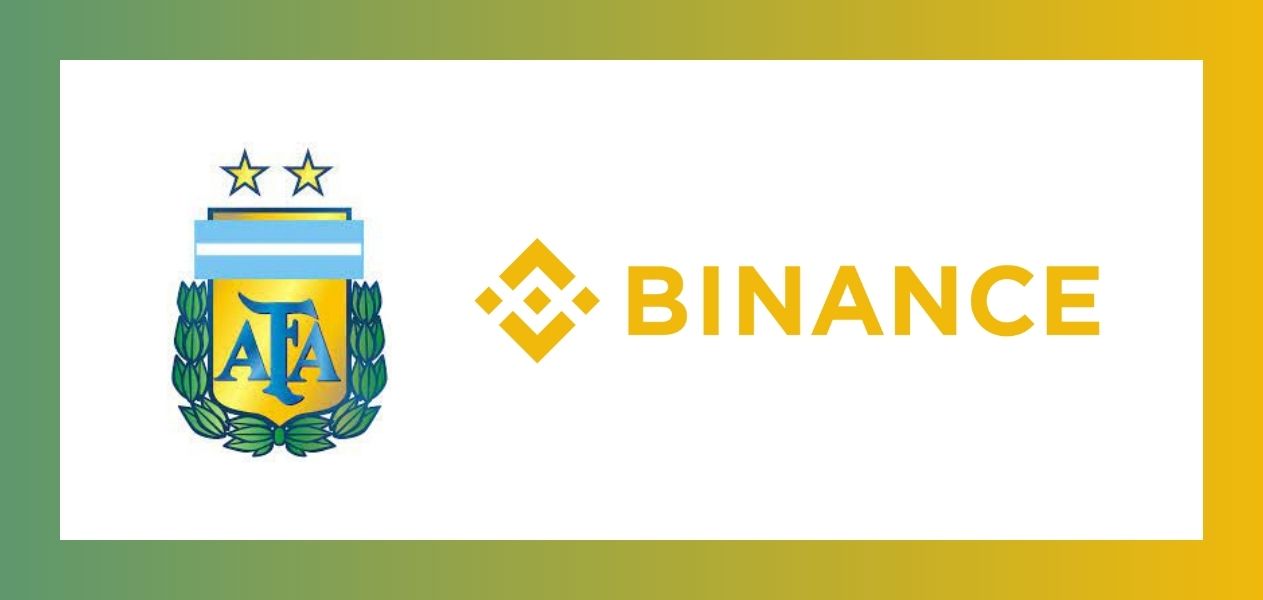
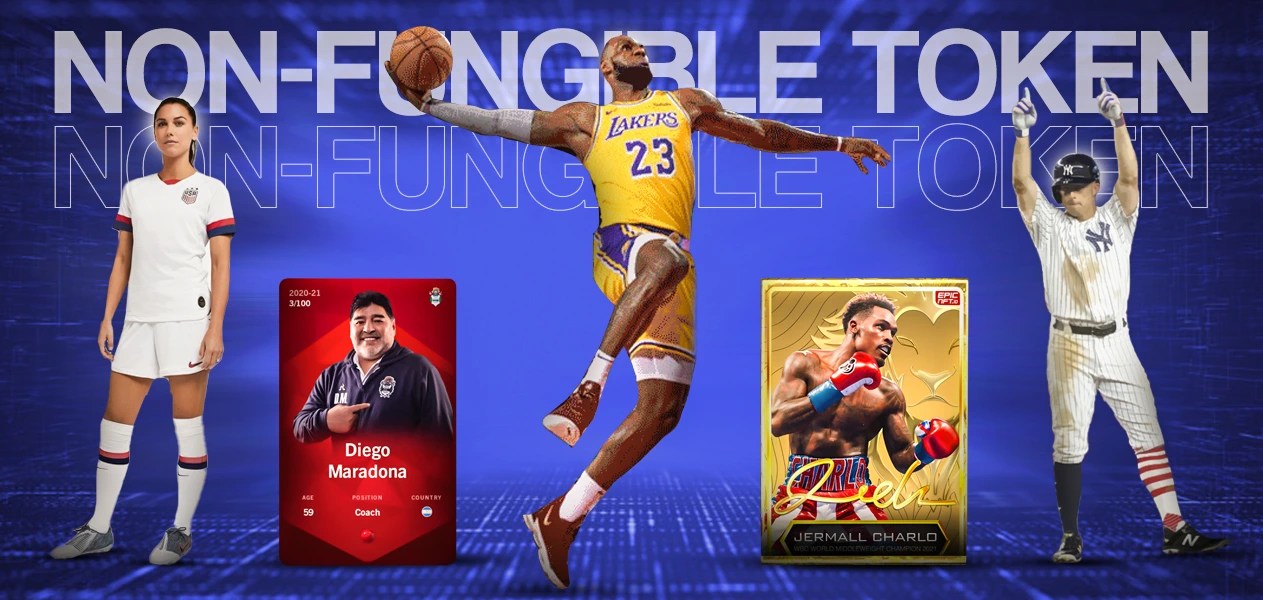

Leave a Reply